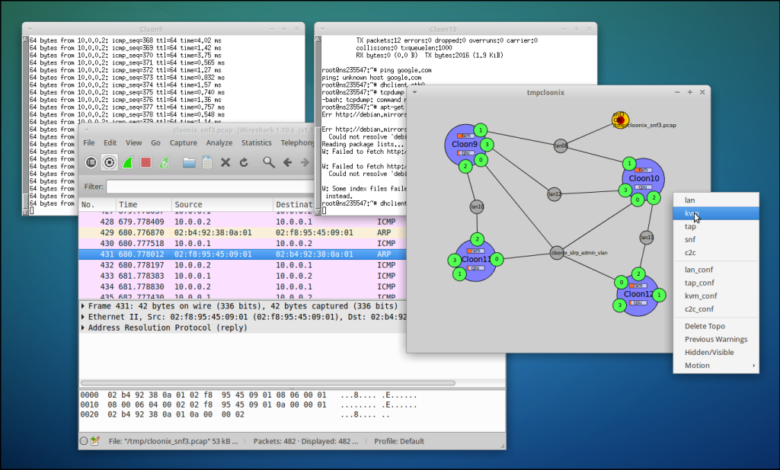An Introduction to Network Emulators: Simulating Real-World Network Environments

In today’s interconnected world, network infrastructure plays a critical role in ensuring smooth communication and seamless data transfer. However, testing and validating network configurations can be challenging, especially when dealing with complex environments or limited resources. This is where network emulators come in, offering a powerful solution to simulate real-world network conditions and optimize network performance. In this article, we will explore the benefits, use cases, key features, considerations for choosing a network emulator, and a real-world case study highlighting its implementation.
Introduction
Network emulators are sophisticated tools that replicate the behavior of real-world network environments in a controlled setting. They allow network engineers, developers, and testers to recreate various network conditions, such as latency, bandwidth limitations, and packet loss, providing an accurate representation of how applications and systems will perform in the real world.
Benefits of Using Network Emulators
- Accurate Testing and Validation: Network emulators enable thorough testing and validation of network configurations, applications, and services before deployment, minimizing the risk of downtime or performance issues.
- Cost and Time Savings: By eliminating the need for physical network equipment and complex setups, network emulators offer significant cost and time savings, making it easier to replicate different network scenarios.
- Reproducing Real-World Scenarios: Network emulators allow users to recreate specific network conditions, such as network congestion or poor connectivity, which are crucial for accurately assessing the behavior of applications and systems.
- Scalability and Flexibility: Network emulators provide the flexibility to scale up or down network resources, allowing users to test applications and systems under different network loads and conditions without the need for additional hardware.
Common Use Cases for Network Emulators
- Application Development and Testing: Network emulators facilitate the testing of applications under various network conditions to ensure optimal performance and reliability.
- Network Security Testing: By simulating different network attack scenarios, network emulators enable organizations to assess and fortify their network security measures.
- Network Performance Optimization: Network emulators help identify and resolve performance bottlenecks by testing and optimizing network configurations and protocols.
- Training and Education: Network emulators provide a safe and controlled environment for training and education, allowing students and professionals to gain hands-on experience with complex network setups.
Key Features and Functionality of Network Emulators
- Traffic Generation and Monitoring: Network emulators can generate realistic network traffic and monitor network activity to simulate real-world network behavior.
- Emulating Network Conditions: Emulators allow users to introduce latency, bandwidth limitations, and packet loss to accurately replicate various network conditions.
- Virtualizing Network Topologies: Network emulators provide the ability to create virtual network topologies, allowing users to test and validate network configurations without physical hardware.
- Protocols and Standards Support: Emulators support a wide range of network protocols and standards, ensuring compatibility with different network environments.
Considerations for Choosing a Network Emulator
When selecting a network emulator, several factors should be considered:
- Scalability and Performance: Ensure that the emulator can handle the scale and complexity of your network environment.
- Ease of Use and Integration: Look for an emulator that offers a user-friendly interface and seamless integration with existing tools and systems.
- Vendor Support and Updates: Choose an emulator from a reputable vendor that provides regular updates, bug fixes, and reliable customer support.
- Cost and Licensing: Evaluate the cost-effectiveness and licensing terms of the emulator to ensure it aligns with your budget and requirements.
Case Study: Real-World Example of Network Emulator Implementation
Let’s explore a real-world case study where a multinational corporation implemented a network emulator to optimize their application performance across distributed offices. By using the emulator, they were able to simulate network latency and bandwidth constraints, identify performance bottlenecks, and make informed decisions to improve their application’s responsiveness and user experience. The implementation resulted in increased productivity, reduced downtime, and enhanced overall network performance.
Conclusion
Network emulators are invaluable tools for simulating real-world network environments, providing accurate testing, and facilitating performance optimization. Whether you are an application developer, a network engineer, or an IT professional, understanding the benefits, use cases, key features, and considerations of network emulators is essential for achieving optimal network performance. Embrace the power of network emulators to confidently deploy applications, optimize network configurations, and ensure a seamless user experience in today’s interconnected world.




